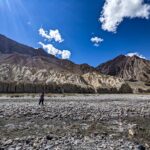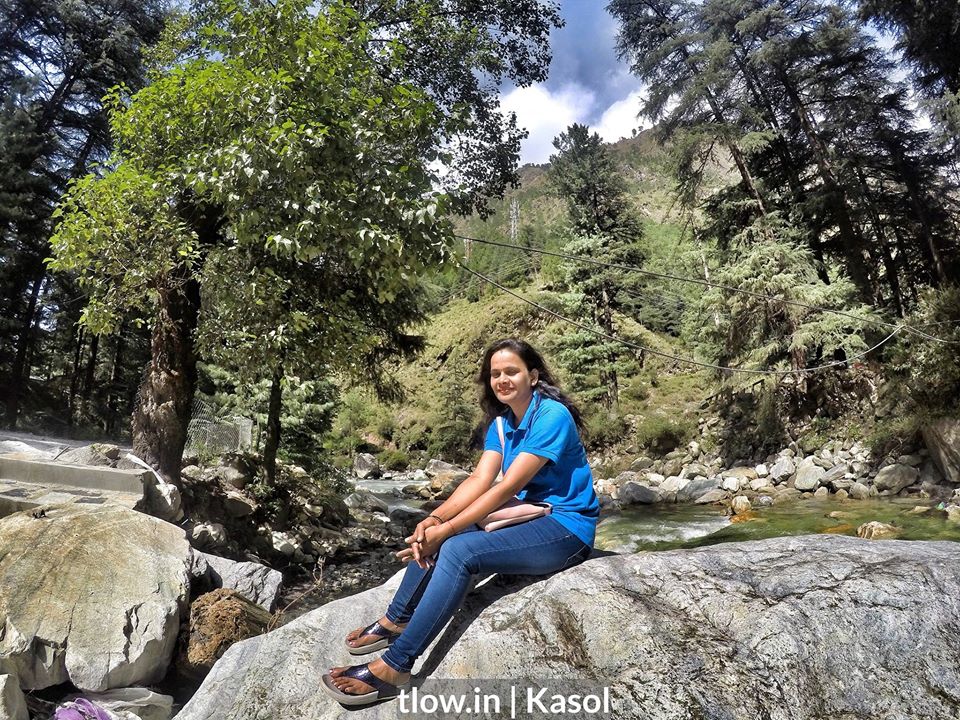
Travel Light while Backpacking: 15 super Tips
When backpacking, it is essential to travel light to ensure ease and convenience during your journey. Here are some tips on how to achieve a lightweight backpack:
Table of Contents
1) Choose the right backpack:
Opt for a lightweight, durable backpack with enough space for your essentials. Make a list of necessary items, such as clothing, toiletries, and electronics, and eliminate any non-essential items. Be mindful of what you truly need and refrain from packing unnecessary items.
For the TLOW backpacking experience click on this link
Choose clothing items that can be mixed and matched, allowing you to create different outfits with fewer items. Stick to lightweight and quick-drying fabrics that can be easily washed and dried during your trip.
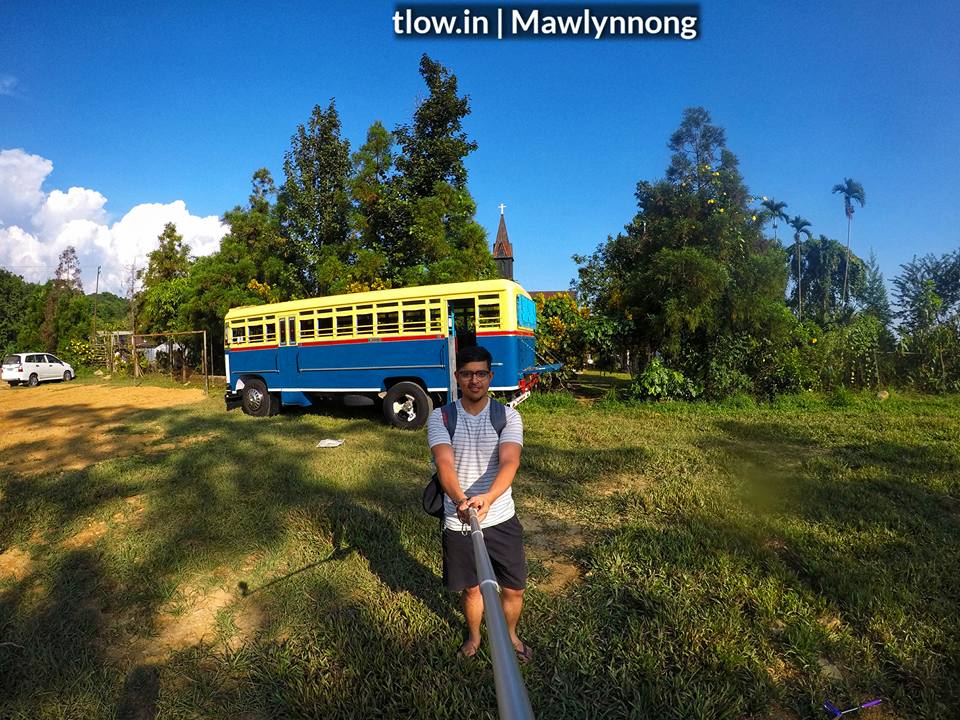
2) Make a packing list:
Create a detailed packing list to avoid unnecessary items. Stick to the essentials and prioritize versatile clothing. Opt for lightweight and compact versions of backpacks, sleeping bags, tents, and other necessary gear. This will significantly reduce the weight on your back while ensuring you still have what you need.
3) Pack multipurpose clothing:
Choose clothes that can be layered and mixed and matched. Avoid bulky items and opt for lightweight fabrics. Select items that serve multiple purposes to minimize the number of things you need to carry. For example, a sarong can serve as a towel, blanket, or even a makeshift dress.
4) Roll your clothes while backpacking:
Rolling clothes instead of folding them saves space and reduces wrinkles. Rolling your clothes instead of folding them saves space and reduces wrinkles. You can also use compression sacks or packing cubes to compress your clothes and maximize space.
5) Limit toiletries:
Use travel-sized toiletries or transfer them into smaller containers to minimize weight and space. When it comes to clothing, wear your bulkiest and heaviest items instead of packing them. This way, you save space and weight in your backpack.

Look for travel-sized toiletry items or samples that can last you for the duration of your trip. This way, you won’t have to carry full-sized bottles, which can be bulky and heavy while backpacking.
6) Choose lightweight footwear:
Pack a comfortable pair of walking shoes and a pair of sandals or flip flops for versatility. Instead of carrying multiple electronics, consider a lightweight travel laptop or tablet that can serve as your camera, entertainment, and communication device. Avoid bringing unnecessary gadgets that will weigh you down while backpacking.
7) Use packing cubes or compression bags:
These help compress your clothing and maximize space in your backpack. Opt for travel-sized toiletry items or transfer them into small containers to save space and weight. You can also consider using solid toiletries like shampoo bars instead of liquid ones.
8) Pack travel-size laundry detergent:
This allows you to easily wash your clothes on the go and reduces the need for packing extra outfits. Instead of packing multiple disposable water bottles, carry a lightweight and collapsible water bottle that you can refill along the way.
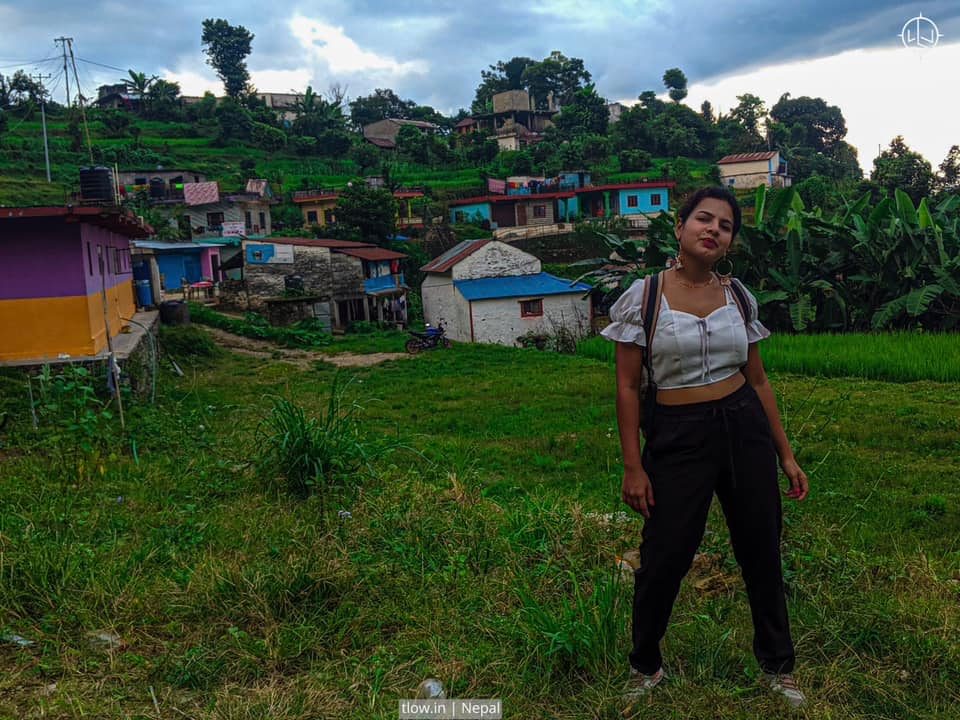
9) Choose lightweight and compact travel gear:
Consider lightweight and compact options for items like a sleeping bag, travel towel, and camping equipment. Look for items that can serve multiple purposes, such as a lightweight sarong as a beach towel, blanket, or even a sunshade. This way, you can pack fewer items without sacrificing functionality.
10) Limit electronics:
Only bring essential electronic devices, such as a smartphone and camera, and opt for lightweight chargers and adapters. Instead of packing a fresh set of clothes for each day, plan for regular laundry stops along your journey. This will significantly reduce the amount of clothing you need to carry.
11) Invest in a lightweight and compact travel pillow:
Look for inflatable or compressible pillows to save space and increase comfort. Instead of carrying physical copies of your documents, store them digitally on your smartphone or online cloud storage. This eliminates the need for additional weight and ensures your documents are readily accessible.
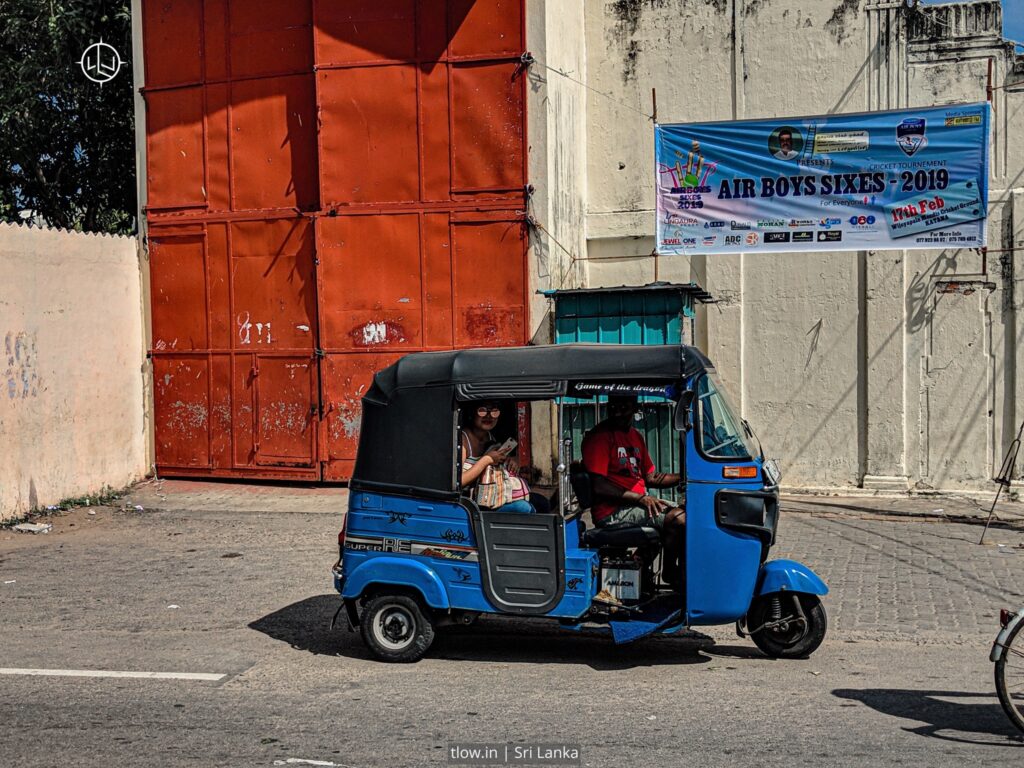
12) Consider the weather:
Pack clothing appropriate for the climate of your destination. Layering is key to adapt to different temperatures. If you’re traveling with others, divide and share essential items like toiletries, cooking gear, or first aid supplies. This reduces the weight each individual has to carry.
13) Minimize books and entertainment:
Choose e-books or audiobooks instead of carrying physical copies. Utilize your smartphone or tablet for entertainment. If your journey allows, take advantage of resupply points along the way. This way, you won’t have to carry all the food or fuel you’ll need for the entire trip, reducing the weight of your backpack.
14) Wear your bulkiest items:
If you have bulky clothing or footwear, wear them during travel days to save space in your backpack. Shoes can be heavy and take up a lot of space. Try to limit yourself to one pair of comfortable and versatile shoes that can be used for various activities and occasions.
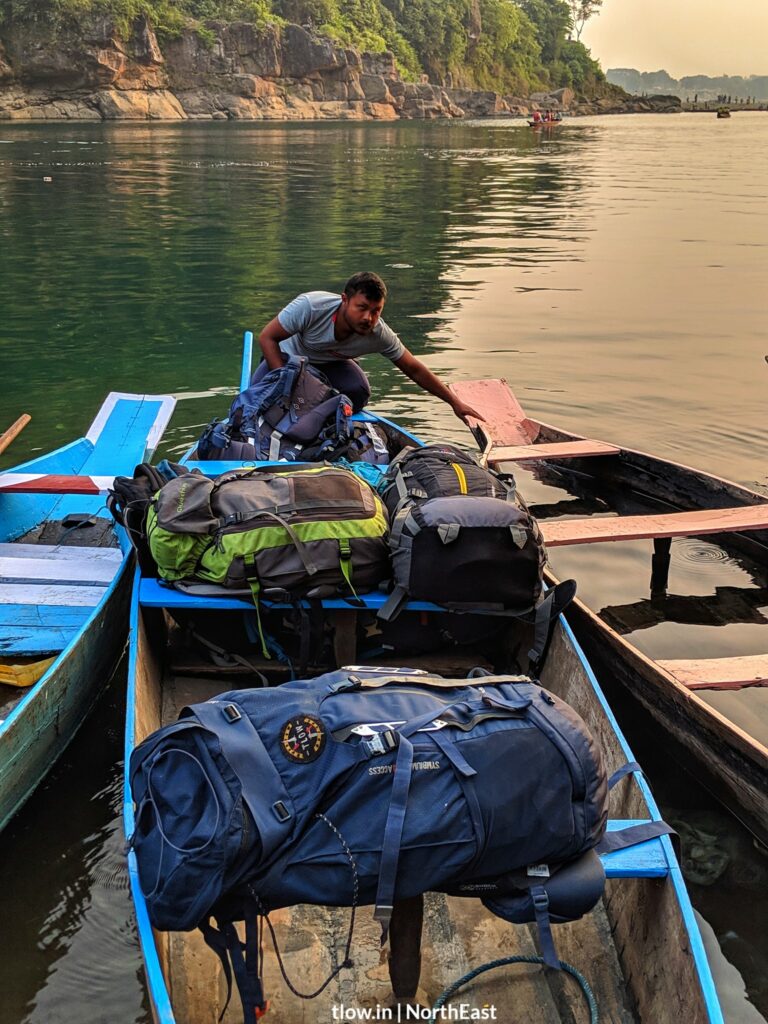
15) Practice minimalism:
Prioritize what you truly need and avoid overpacking. Remember, you can always buy necessities along the way if needed. Instead of carrying a regular towel, invest in a lightweight and quick-drying travel towel. These towels can be compacted to a small size, saving both space and weight in your backpack.
Opt for lightweight and moisture-wicking clothing items that can be easily layered. This will ensure comfort and versatility without adding unnecessary weight to your backpack.
The key to traveling light while backpacking is to prioritize what you truly need and be mindful of packing only essential items. Regularly reassess your backpack and eliminate any non-essential items to maintain a lightweight and hassle-free journey.
Traveling light is a mindset, and it requires careful consideration of what you truly need versus what might be nice to have. Regularly reassess your packing list and eliminate any non-essential items to keep your backpack as light as possible.
Remember that traveling light not only makes your backpack more manageable but also allows for more flexibility and freedom during your journey. Happy backpacking!



